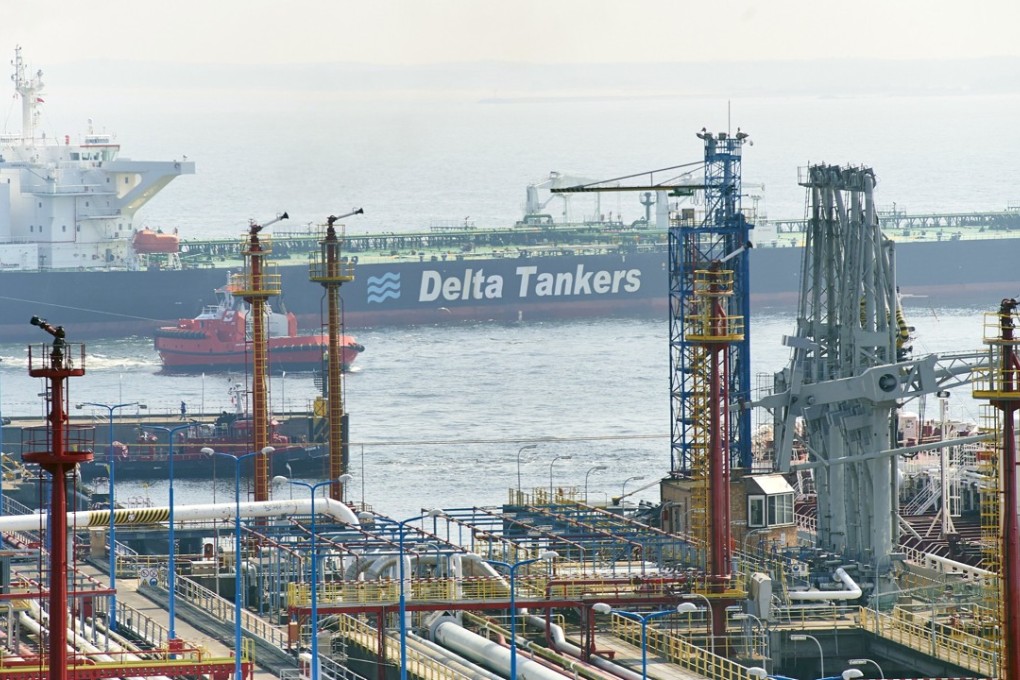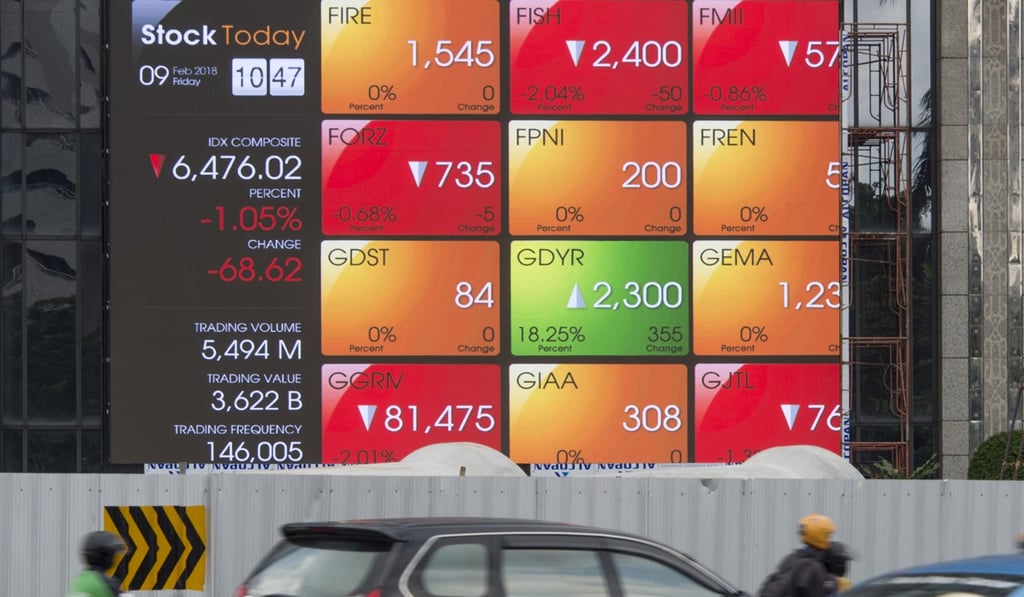Abacus | Oil is up, dollar is up, interest rates are up. So Asia is heading down?
The world’s three most important prices are rising together. That’s ominous for emerging countries like Malaysia and Indonesia

Something highly unusual has been happening lately. The three most important prices in the world economy have been going up at the same time. Over the last three months, the US dollar, long term US interest rates, and the price of oil have all been rising simultaneously.
Since February, the US dollar has appreciated by 4.7 per cent against a trade-weighted basket of global currencies. The yield on 10-year US treasury bonds has climbed to 3 per cent for the first time since 2013. And the price of Brent blend crude oil last week hit a three-and-a-half-year high at US$77.50 a barrel.
Such a synchronous price rise is a rare event. Standard economic wisdom, and past economic experience, suggests it is deeply ominous for developing economies, and for emerging Asia especially.
Happily, the outlook might not be quite as daunting as previous episodes of simultaneously rising prices suggest. Nevertheless, if the current trends continue in concert, at least some of the region’s countries will be facing the prospect of slower growth and increased economic turbulence.

At first, it might sound as if a rising US dollar could be positive for developing Asia. After all, a stronger US currency means American consumers have more purchasing power when they go shopping for goods made in Asia’s factories. That means exports should contribute more to the region’s growth.
